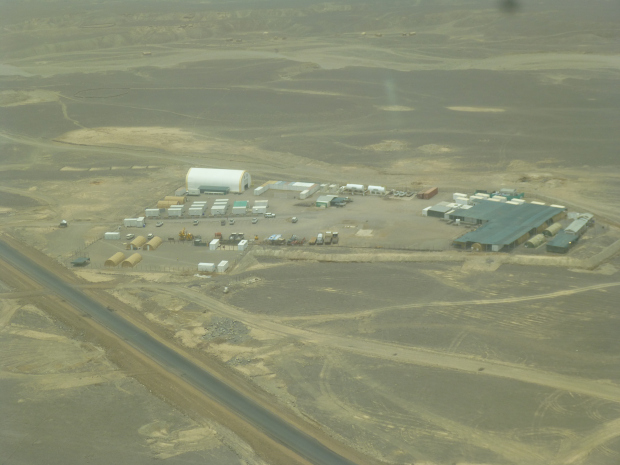
Allana Potash- Developing Low Cost Potash for Emerging Markets in Africa
Developing a potash resource in the middle of Ethiopia where the temperature remains a steady 40 degrees Celsius all year round is a process. Allana Potash Corp. (T.AAA) knows it has a substantial resource but it also knows that lining up the financing to bring the resource to market is critical.
We spoke to Farhad Abasov, President and CEO of Allana as he swung through Vancouver on an investor road show which took him to Toronto, New York and Chicago. We’d last spoken with Abasov in February when Allana announced its strategic alliance with Israel Chemicals Ltd, a deal which brought both investment and expertise to the Ethiopian project.
When last we spoke to Abasov the world’s potash markets were in some turmoil but this seems to have calmed. “The potash market has stabilized somewhat.” said Abasov, “We’re seeing price stability and supply discipline. The global price of MOP(muriate of potash or the standard potash applied to staple crops such as corn, etc.) is between $US300 and $US350 a tonne. High cost producers are reducing production which is creating a more balanced supply demand situation with the price stable.”
Against that background, Allana is performing optimization studies on its Ethiopian property. These studies and the general progress including financing for the project were announced in a press release November 5, 2014. (link)
“Our potential lenders required that we do extra work to provide comfort on the various elements of the project.” explained Abasov.
The first concern was the suitability of the aquifers Allana would be using for its solution mining operations. The solution mining process means that Allana will dissolve the potash underground and then pump brine to the surface where it will be placed in solar evaporation ponds. There’s where the 40C year round temperature does its magic.
“The first concern is the water supply. The lenders wanted comfort on the local aquifers that supplied the industrial water for our solution mining process. We have done aquifer stress tests on the flow and recharge rates. We needed to ascertain that the recharge rate was sufficient. On the water side we’ve had no surprises. The rates are quite good.”
The second area in which the lenders were seeking comfort was on the issue of scalability. “We had done work on a 40 meter sized solution mining chamber for our initial Feasibility Study, but the commercial scale production chambers will be 80 meters in width. So we needed to demonstrate that this larger size was achievable. Our work confirmed that is was.”
As the work on the project continues Allana is also deeply involved in the creation of the infrastructure required to get the potash to market. Here the focus is on the construction of a port facility in the region of Tadjoura in Djibouti. The construction of the port is on schedule with completion set for 2016. As well, a road linking the port to Ethiopia is set for completion in 2015. These key infrastructure elements are being completed by the respective government agencies in charge in both Ethiopia and Djibouti.
“We will process the potash at a plant on our site.” explained Abasov, “Then it is trucked to the port. We’ll be building our own low-cost handling/storage facilities in the port itself.”
Allana sees the market for its production as East Africa itself. “We want to create new demand with in the region. East Africa itself could use 300,000 to 400,000 tonnes per year with another 100,000 tonnes going to the rest of Africa. The remainder of our production could go to South East Asia.” said Abasov.
At the same time as Allana is working on conventional potash, it is also in the midst of doing a Preliminary Economic Assessment (PEA) of the higher valued Sulphate of Potash(SOP) potential at the site. “The Kainitite-rich brine we will eventually be producing is unique because it will already have sulfide in it. We are investigating how best to process it and if it is possible to produce SOP from it at a very low cost.” said Abasov. Producing SOP is very attractive as its current price in China is $US600 per tonne as opposed to $300 to $350 a tonne for conventional potash (MOP).
Corporately, Allana is looking to enhance its debt package. At this point it has development banks with significant experience in Ethiopia lined up to provide financing, but Abasov would like to bring on commercial banks as well. To that end Allana is in discussions with a number of large European banks. “We want to max up the debt side,” said Abasov, “because we want to avoid common shareholder dilution.”
At time of writing Allana is trading at C$0.31 with 325 million shares outstanding and a market cap of C$100.8 million dollars. Allana trades on the TSX under the symbol “AAA”.
FRENCH VERSION


